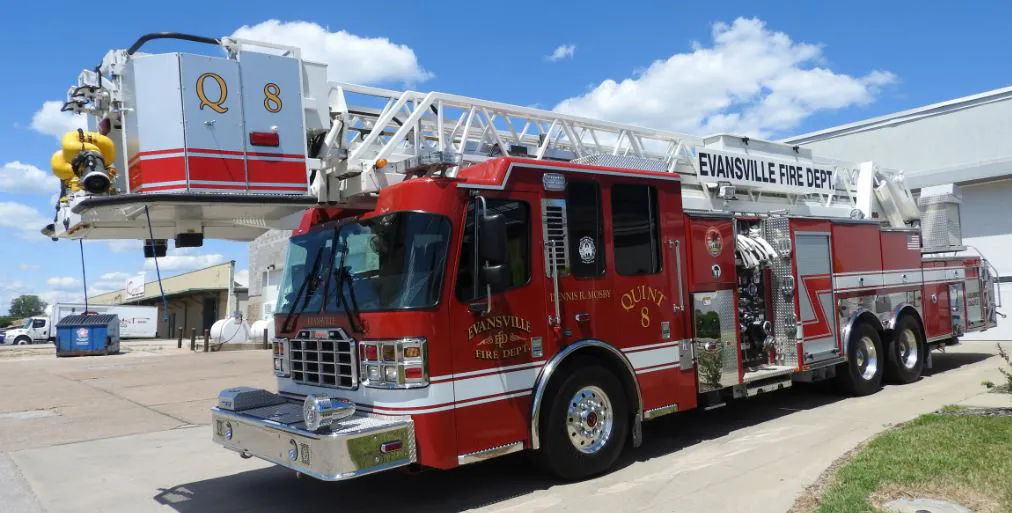Audi of America, in conjunction with Traffic Technology Services (TTS), is to launch its first vehicle to infrastructure (V2I) technology, traffic light information, as part of its suite of Audi Connect Prime services. The feature will be introduced later this year in select smart cities and metropolitan areas across the country through 2017 and beyond and is available on 2017 Audi Q7, A4 and A4 Allroad models built after 1 June 2016.
Traffic light information, an Audi connect Prime feature, enables the
August 16, 2016
Read time: 2 mins
Audi of America, in conjunction with 8276 Traffic Technology Services (TTS), is to launch its first vehicle to infrastructure (V2I) technology, traffic light information, as part of its suite of Audi Connect Prime services. The feature will be introduced later this year in the US through 2017 and beyond and is available on 2017 Audi Q7, A4 and A4 Allroad models built after 1 June 2016.
Traffic light information enables the car to communicate with the infrastructure in select cities and metropolitan areas across the US. The car receives real-time signal information from the advanced traffic management system that monitors traffic lights. The link between vehicle and infrastructure is routed via the on-board LTE data connection and TTS servers.
While waiting at a connected traffic light, the driver information system in the instrument cluster, as well as the head-up-display (if equipped), indicates the time remaining until the signal changes to green.
Traffic light information enables the car to communicate with the infrastructure in select cities and metropolitan areas across the US. The car receives real-time signal information from the advanced traffic management system that monitors traffic lights. The link between vehicle and infrastructure is routed via the on-board LTE data connection and TTS servers.
While waiting at a connected traffic light, the driver information system in the instrument cluster, as well as the head-up-display (if equipped), indicates the time remaining until the signal changes to green.










